A Events Management System is a full-stack Django web application that offers a clean, descriptive, and interactive user interface for viewing and registering for sporting events.
It has responsive pages and tabs for viewing, handling, and enrolling in various sports events.
To start creating a Event Management System in Django, makes sure that you have PyCharm Professional IDE Installed in your computer.
Read or visit also the other interesting programming language used in event management system.
- Event Management System Project In PHP And MySQL With Source Code
- Event Management System Project Source Code In Python
- Event Management System Project in Node JS with Source Code
- Class Diagram for Event Management System | UML
- Component Diagram for Event Management System
- Use Case Diagram for Event Management System | UML
This Event Management System Project also includes a Download Source Code for free, just find the downloadable source code below.
| About Project | Project Details | Definition |
|---|---|---|
| Project Name | Event Management System Project in Django | This Event Management System Project in Django created using Python Django Framework on the backend and HTML, CSS, and JavaScript on the frontend. It has user authentication features for login/registration, as well as a user dashboard for displaying and registering for events. |
| Python version (Recommended) | 3.8 Version | Python 3.8 introduces some new syntax to the language, as well as a few small modifications to existing behavior and, most importantly, a slew of performance improvements, following in the footsteps of the previous 3.7 version. |
| Programming Language Used | Python Django Language | Django is a high-level Python web framework for building safe and maintainable websites quickly. Django is a web framework built by experienced developers that takes care of a lot of the heavy lifting so you can focus on developing your app instead of reinventing the wheel. |
| Developer Name | itsourcecode.com | Free projects containing source code in Java, PHP, Python, Django, VB.Net, Visual Basic, C, C++, C#, Javascript, and other languages are available on this website. |
| IDE Tool (Recommended) | Sublime, Visual Studio, PyCharm | Sublime Text is a source code editor that is available for purchase. It comes with built-in support for a variety of programming and markup languages. Plugins, which are often community-built and maintained under free-software licenses, allow users to extend the functionality of the system. Sublime Text has a Python API to help with plugins. |
| Project Type | Web Application | A web application, unlike computer-based software programs that operate locally on the device’s operating system, is application software that runs on a web server. The user uses a web browser with an active network connection to access web apps. |
| Database | SQLite | SQLite is a programming language that is used to create embedded software for devices such as televisions, cell phones, and cameras. It can handle HTTP requests with low to medium traffic. SQLite has the ability to compress files into smaller bundles with less metadata. SQLite is a temporary dataset that is used within an application to process data. |
Admin Features of Event Management System in Django
- Login and Logout – By default the admin need to login first to access the system and also the admin can logout.
- Manage Events Booking – For the events booking, the admin can view all the user who registered for the booking events.
- Manage Events – For the events, the admin can add, update, delete events information.
Users Features of Event Management System in Django
- Registration – the user need to register first to have an account before he/she can login in the system
- Login – the user need to login first to access the system.
- Book Events – the user can register to book an events.
- Events – the user can view all the events.
Event Management System Project in Django Steps on How to Create a Project
Time needed: 5 minutes
Here are the steps on how to create a Event Management System Project in Python Django
- Step 1: Open file.
First , open “pycharm professional” after that click “file” and click “new project”.

- Step 2: Choose Django
Next, after click “new project“, choose “Django” and click.

- Step 3: Select file location.
Then, select a file location wherever you want.

- Step 4: Create application name.
After that, name your application.

- Step 5: Click create.
Lastly, finish creating project by clicking “create” button.

- Step 6: Start Coding.
Finally, we will now start adding functionality to our Django Framework by adding some functional codes.
Image output of the system
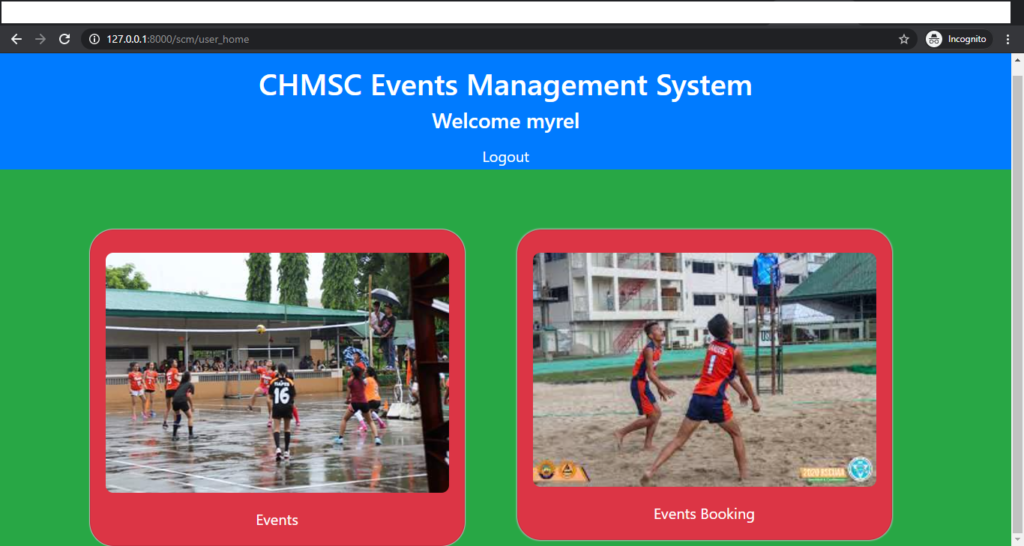
Downloadable Source Code Below.
Anyway, if you want to level up your programming knowledge, especially python, try this new article I’ve made for you Best Python Projects with source code for Beginners.
But If you’re going to focus on web development using Django, you can download here from our list of Best Django Projects with source code based on real-world projects.
How To Run The Event Management System Project in Django with Source Code?
- Step 1: Extract/unzip the file
- Step 2: Go inside the project folder, open cmd and type the following commands to install Django Framework, pip install and run the webserver:
- python manage.py runserver
- Step 3: Finally, open the browser and go to http://127.0.0.1:8000/
For admin panel:
- Username: admin
- Password: admin123
Summary
In summary, this Event Management System Project in Django with Source Code can be useful to students or professional who wants to learn python programming language.
This project can also be modified to fit your personal requirements. Hope this project will help you to improve your skills. Happy Coding!
Inquiries
If you have any questions or suggestions about Event Management System Project in Python Django with Source Code, please feel free to leave a comment below.

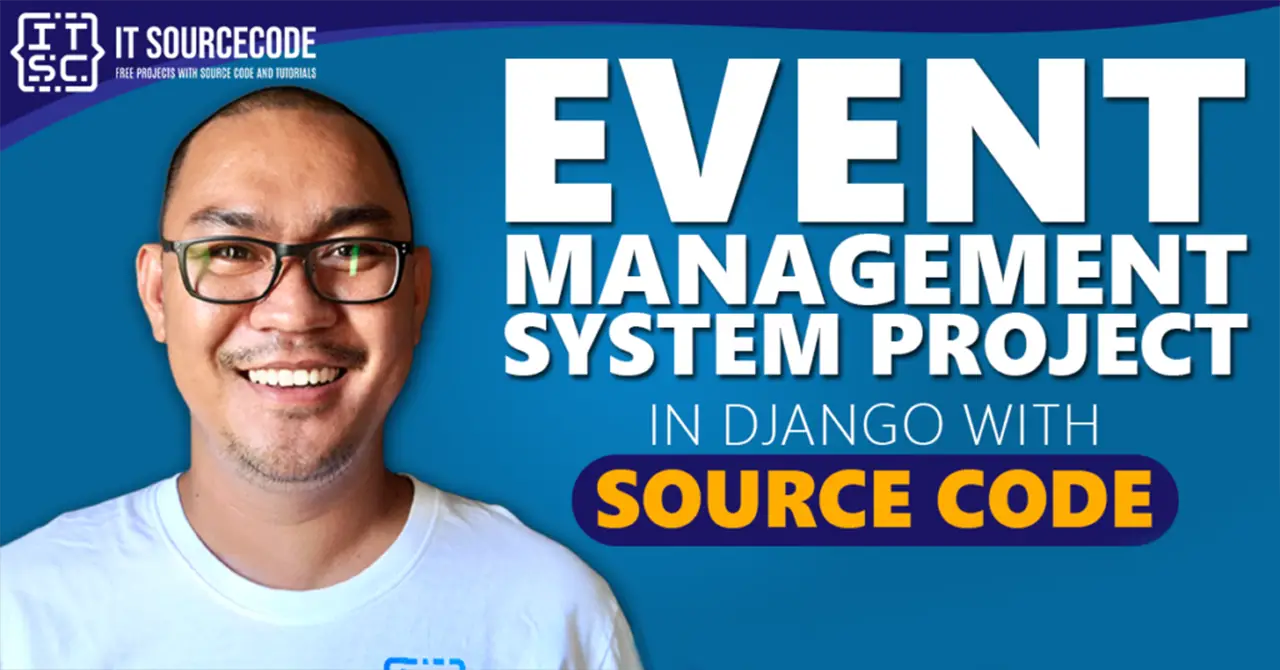
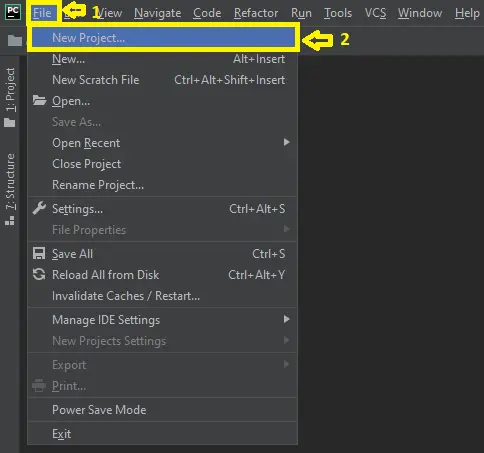
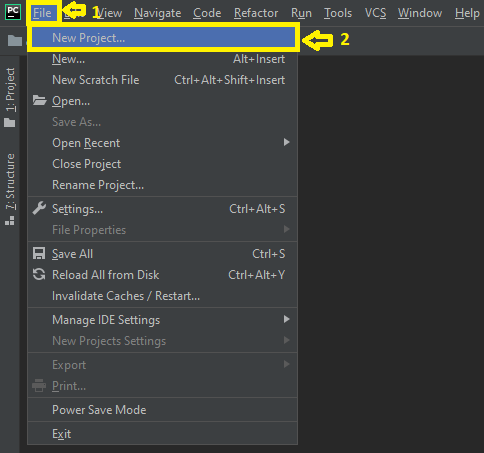

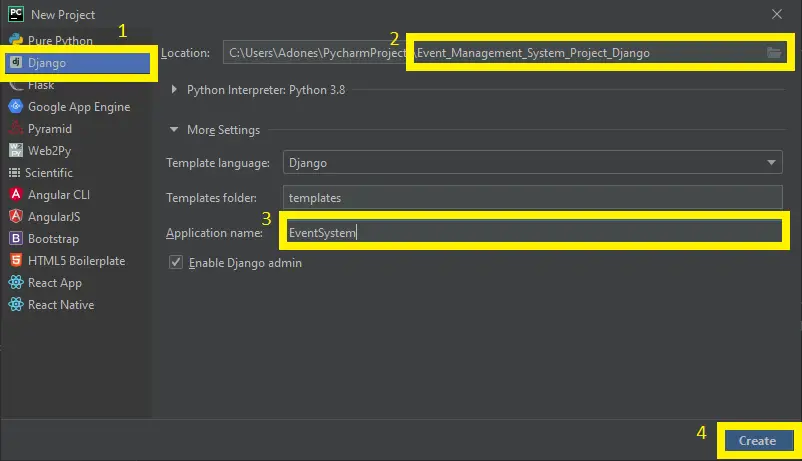
Hi
If we want to insert a download button once the booking is successfull and it should give the entry added in the database as an output how would we do that?